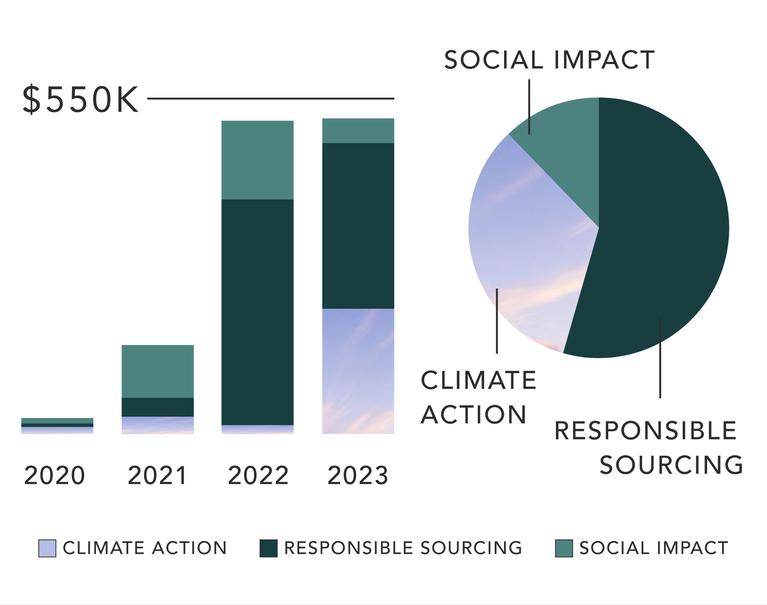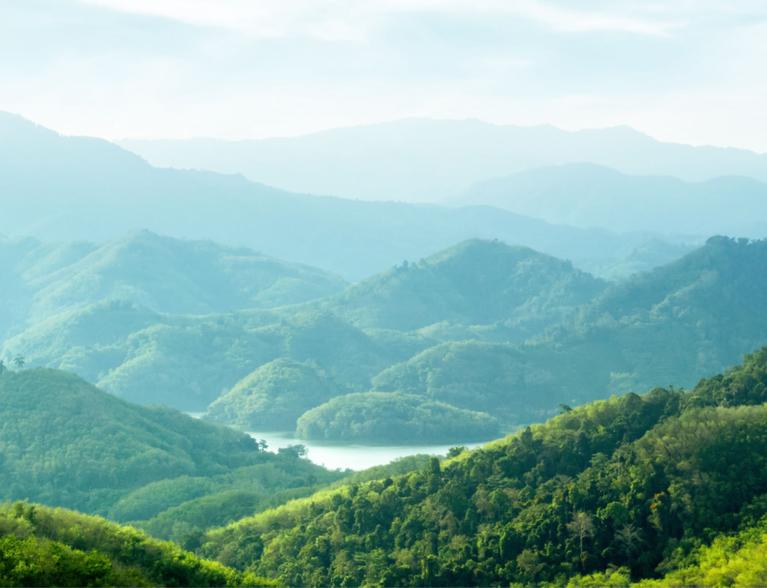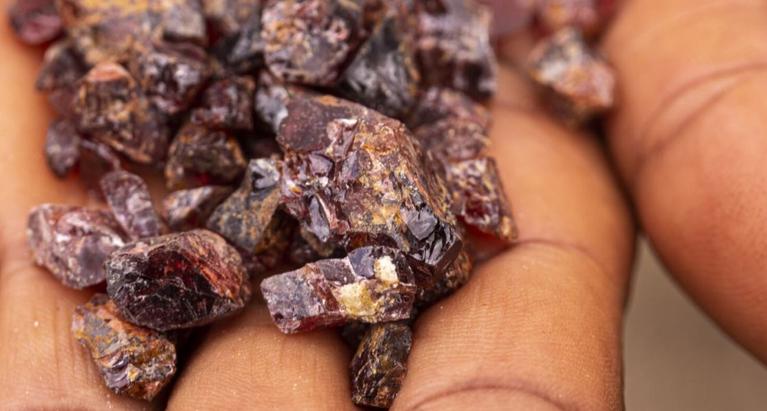Have a question?
We're happy to help
COMPASSION
From mine to Main Street, we’re committed to making the world a better place.
Compassion has been core to our Mission since day one. We care about and are committed to our communities: our employees, the cities and neighborhoods where we do business, and the people who help bring our jewelry to life.

The Jane Goodall Collection
We're honored to partner with anthropologist and conservationist, Dr. Jane Goodall, for an exclusive fine jewelry collection.
The Jane Goodall Collection honors our shared dedication to environmental stewardship, innovation, and planet-first practices. Each piece is crafted in recycled gold with lab diamonds grown from carbon before it's released into the atmosphere.
For every purchase of The Jane Goodall Collection, Brilliant Earth will donate 10% of the net sale amount to the Jane Goodall Legacy Foundation Fund.

The Brilliant Earth Foundation
In 2021, we started the Brilliant Earth Foundation* to further the impact we've made from the very beginning. Since then, we’ve donated $2 million to our Foundation to improve our communities — from the areas where our diamonds, gems, and precious materials are mined to the communities where our teams and customers live.
*The Brilliant Earth Foundation is a corporate advised fund with Silicon Valley Community Foundation.
How We Give
Through the Brilliant Earth Foundation, we focus our giving in three areas: Responsible Sourcing, Social Impact, Climate Action.


Responsible Sourcing
We are committed to improving the lives of small-scale miners by helping them get paid fairly for the work they do and rehabilitating lands previously destroyed by mining.

Social Impact
We lend our voice and support to causes that make a difference. From reproductive justice to humanitarian relief, we are proud to give towards creating a more just and equitable world.

Climate Action
We’re always looking for ways to protect our planet. It’s global and local: from reforestation, clean energy, mercury-free mining, and recycled precious metals to sustainable practices in our showrooms.
The Power of Partnerships
We partner with impactful non-profits because cultivating collaborations amplifies the difference we can make.

Gem Legacy
We partner with Gem Legacy, an organization that supports vocational training, entrepreneurship, and community development in East African artisanal gem mining communities. Through this collaboration, we provide a healthy breakfast and lunch every school day to nearly a thousand schoolchildren who might otherwise go hungry, which boosts their attendance and improves test scores.

Pact-Moyo
Our partnership with Pact-Moyo in Kenya helps to create fair trade markets for female gemstone miners and funds a financial literacy program, WORTH, that teaches over 200 people how to build secondary sources of income, benefiting over 1,400 household members.

Pure Earth
Mining with mercury can contaminate ecosystems and seriously harm the health of miners and their communities, so we work with Pure Earth to train small-scale gold miners to mine without mercury and rehabilitate rainforests. In 2023 alone, they planted 5,418 trees in areas of the Peruvian Amazon that had been devastated by mercury used in mining.

Fairmined
We partner with the Alliance for Responsible Mining, who administer the precious metal certification program called Fairmined. This program ensures that gold has been responsibly mined and that the small-scale miners of that gold receive a fair-trade price.

Giving Back to Our Communities
Our employees share our Mission mindset. In 2023, they increased the number of hours they volunteered by 87% from the year before. In 2024, our goal is to continue to strengthen our message of giving back and to increase volunteer hours.




